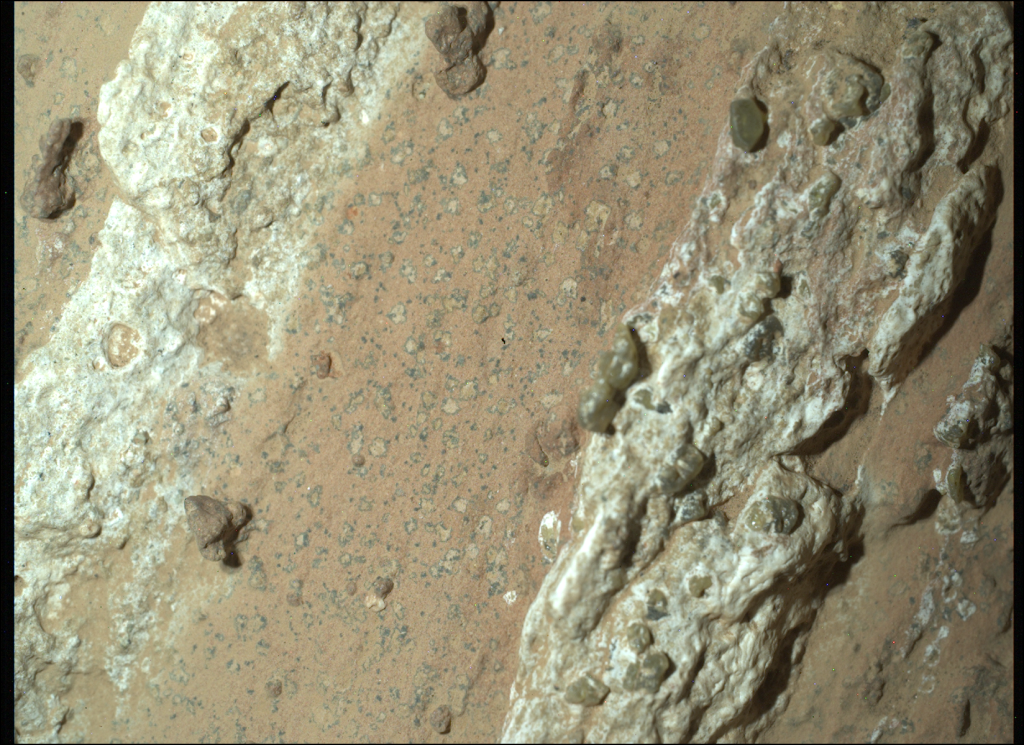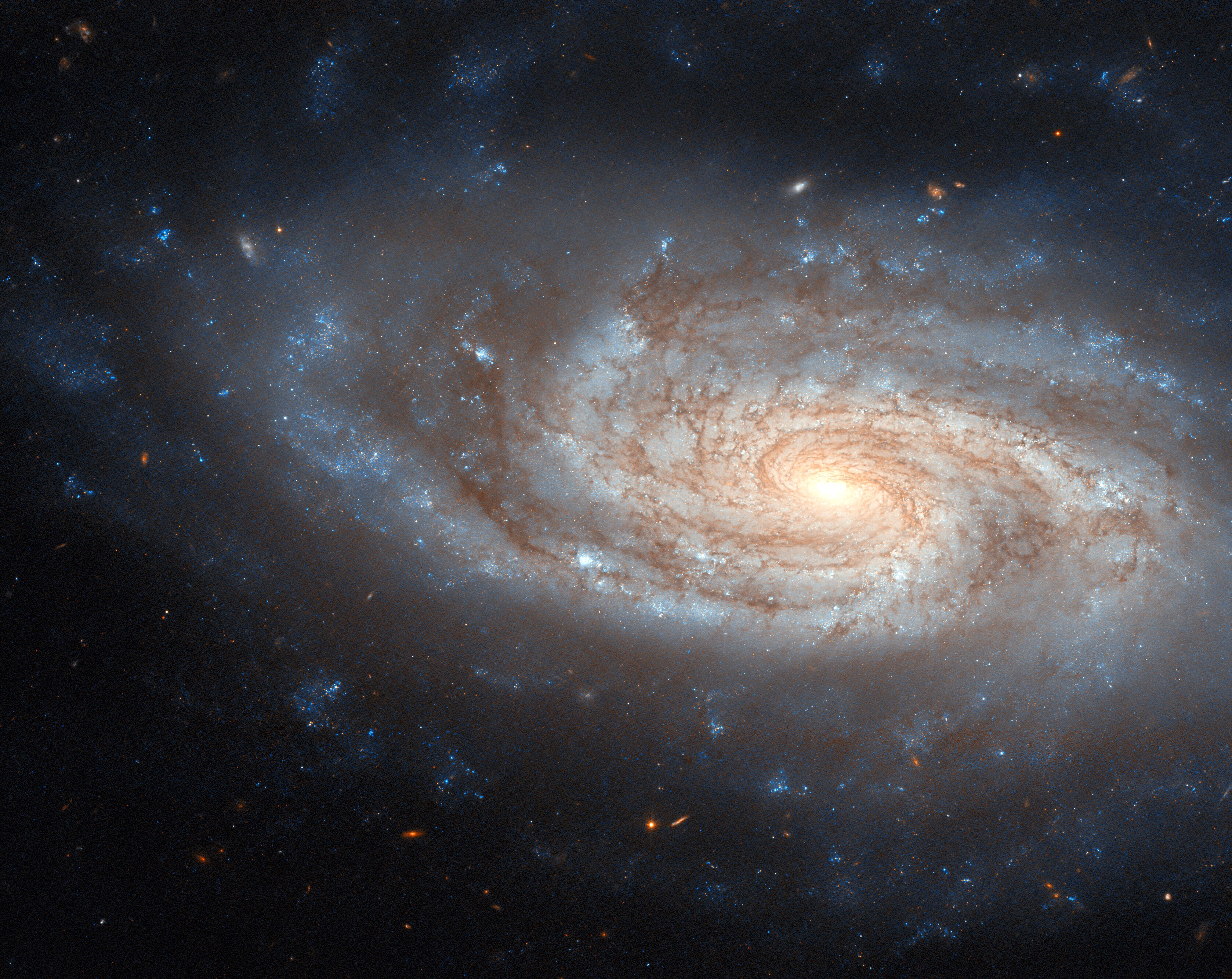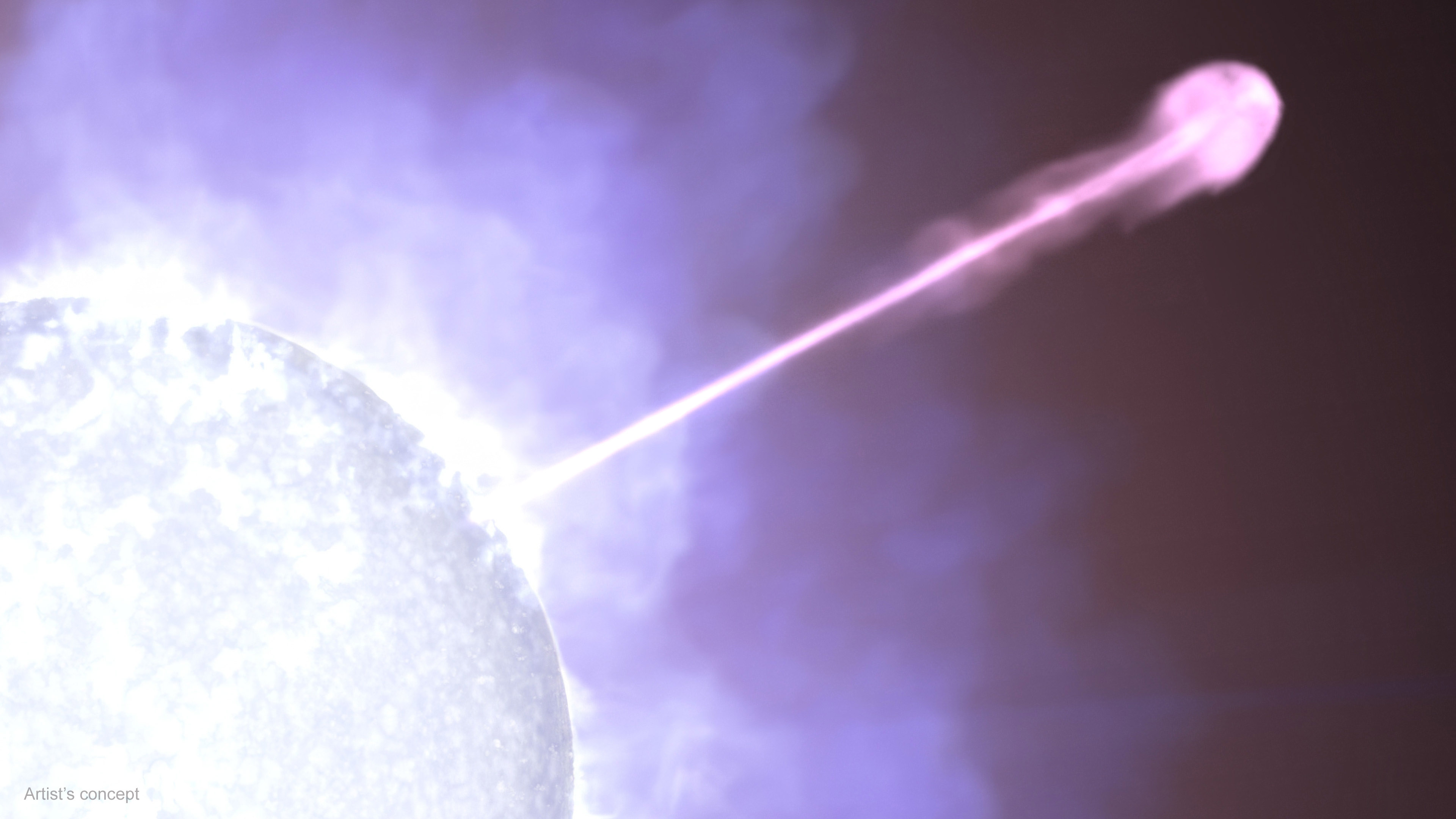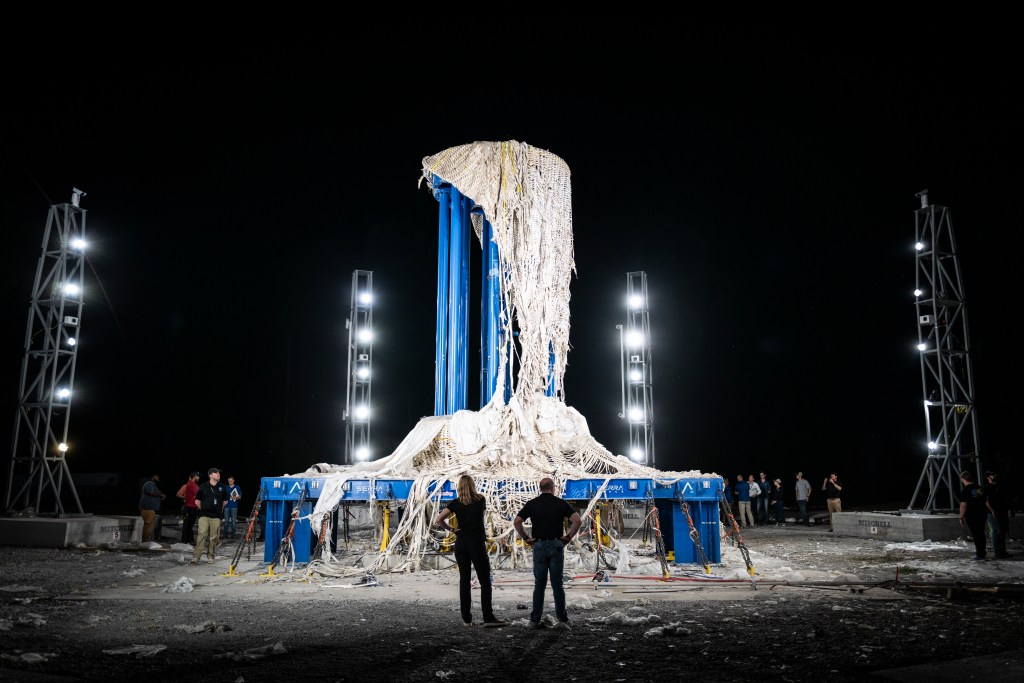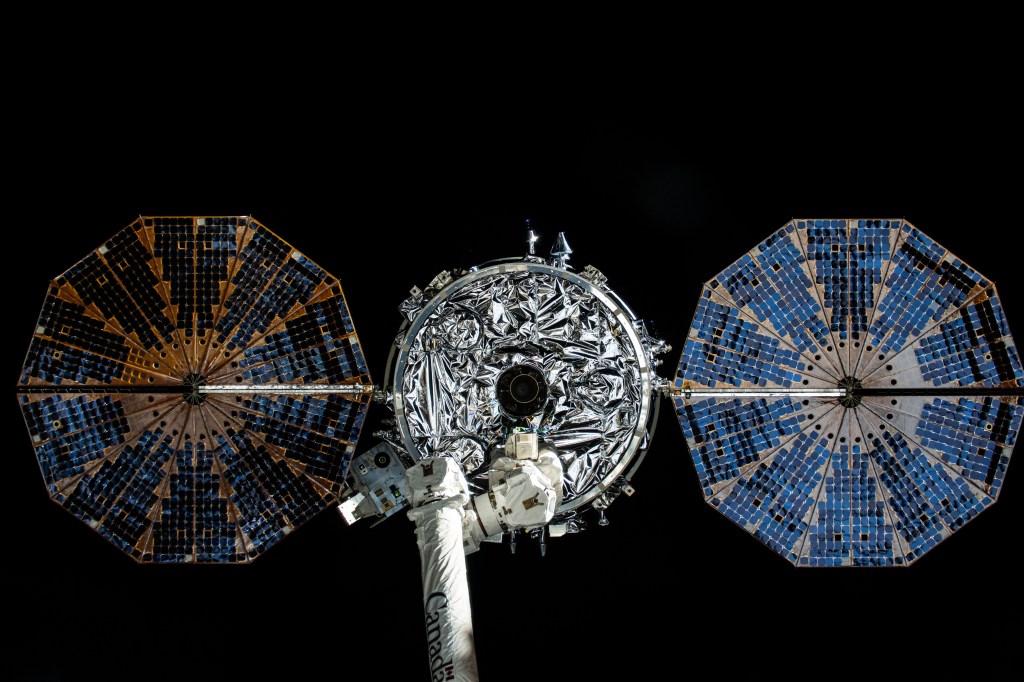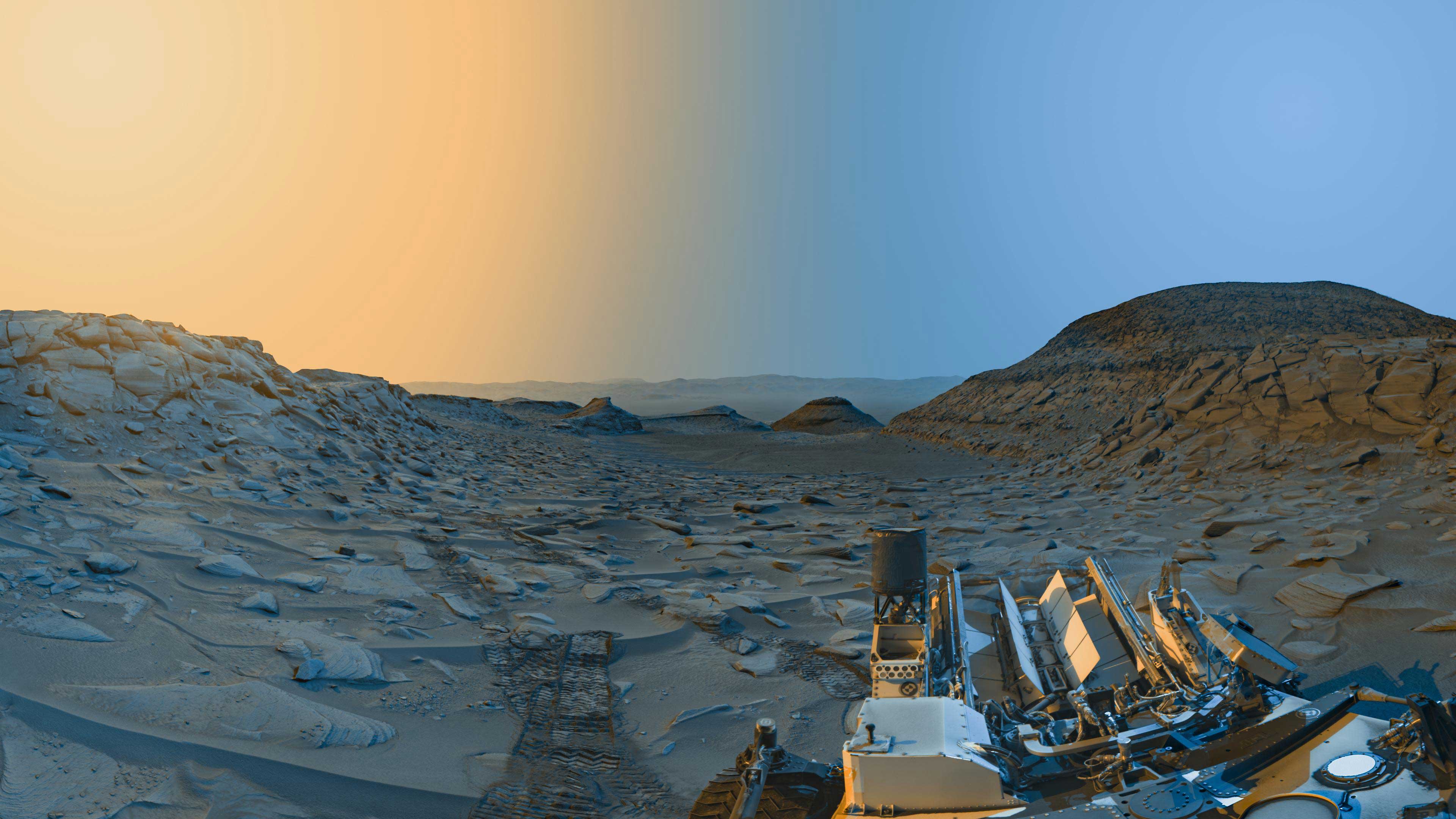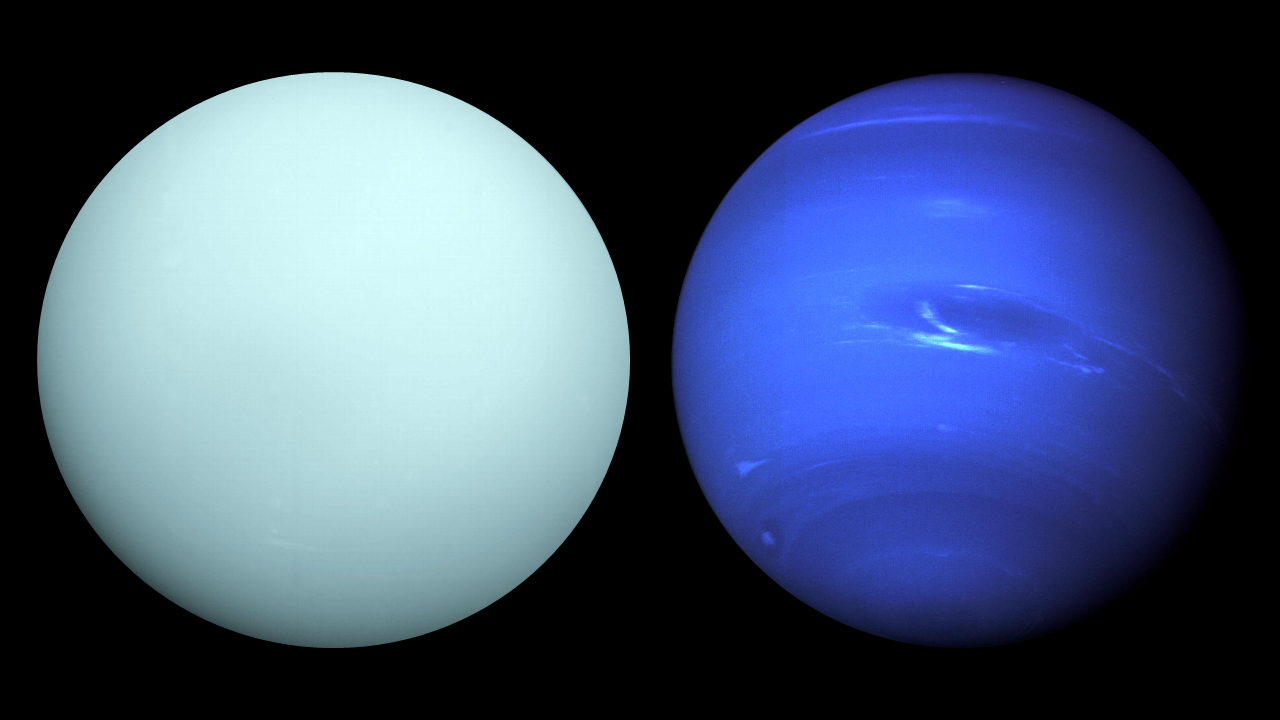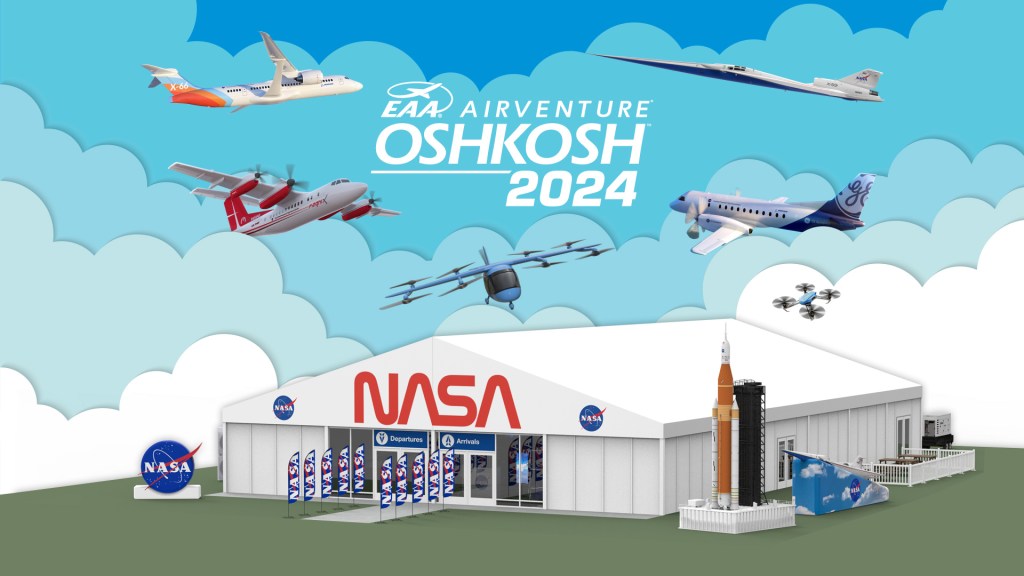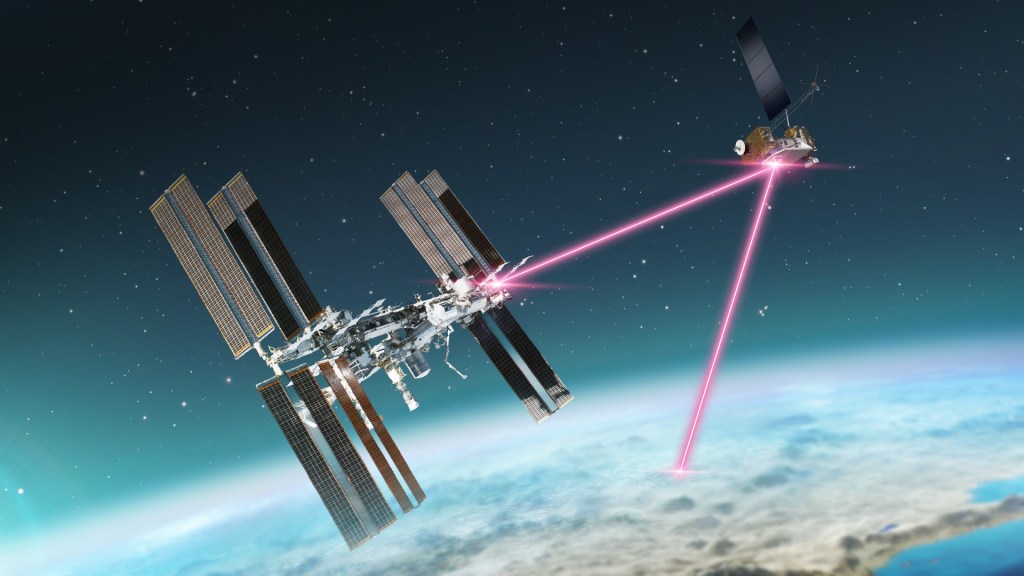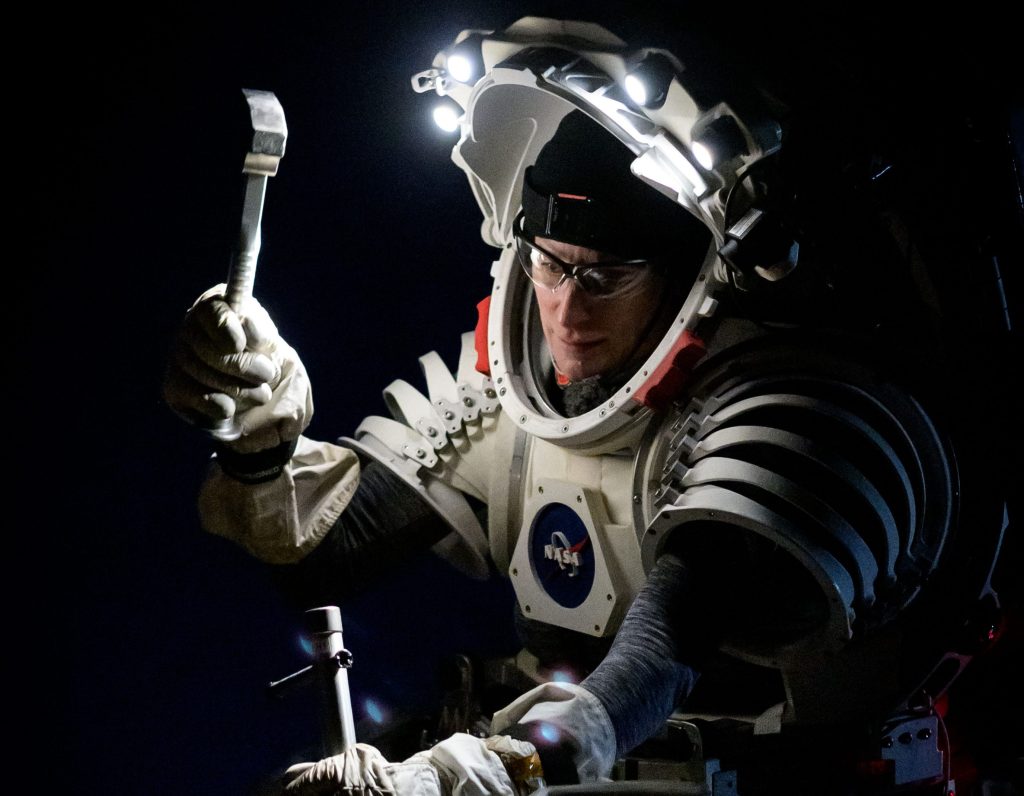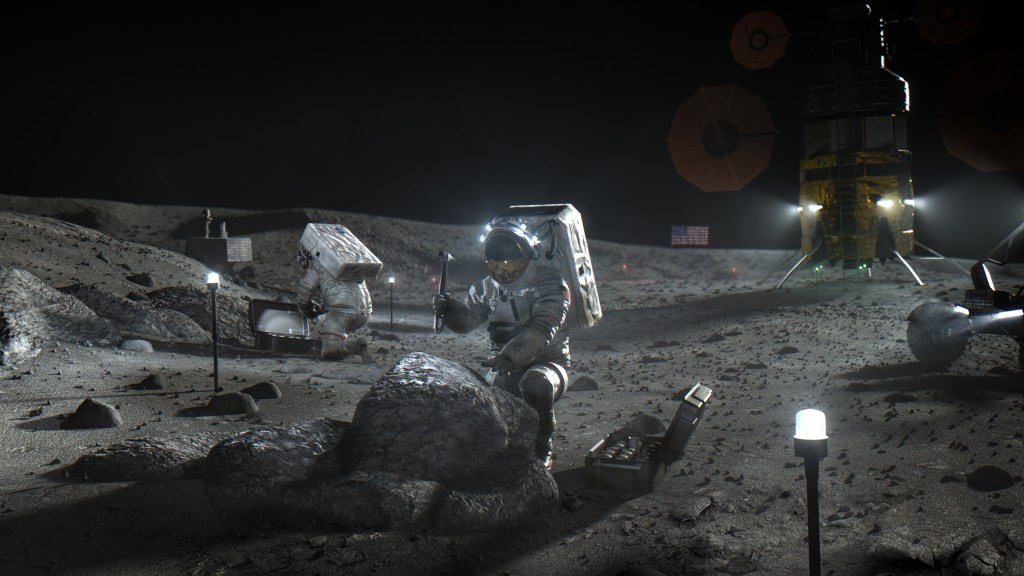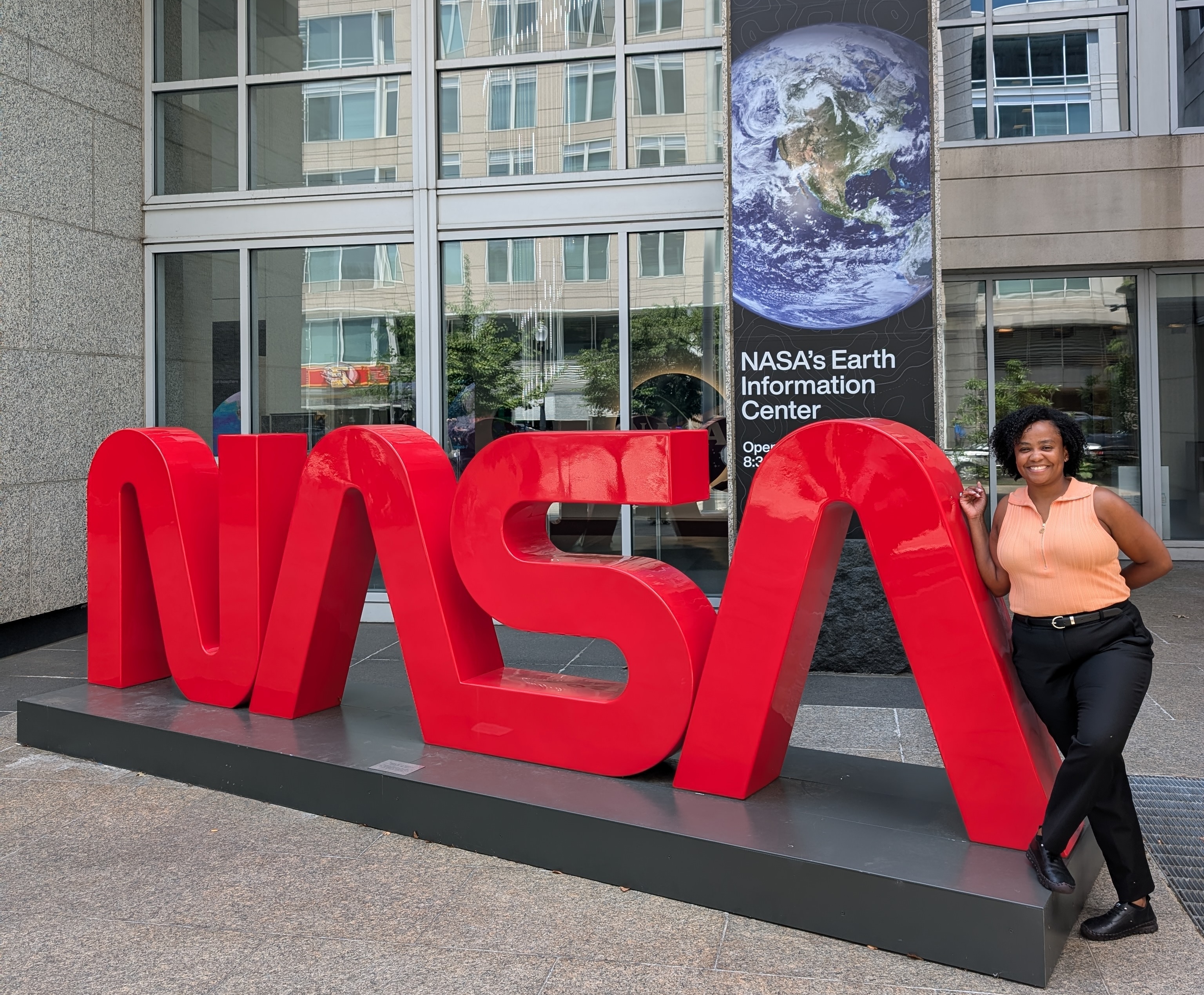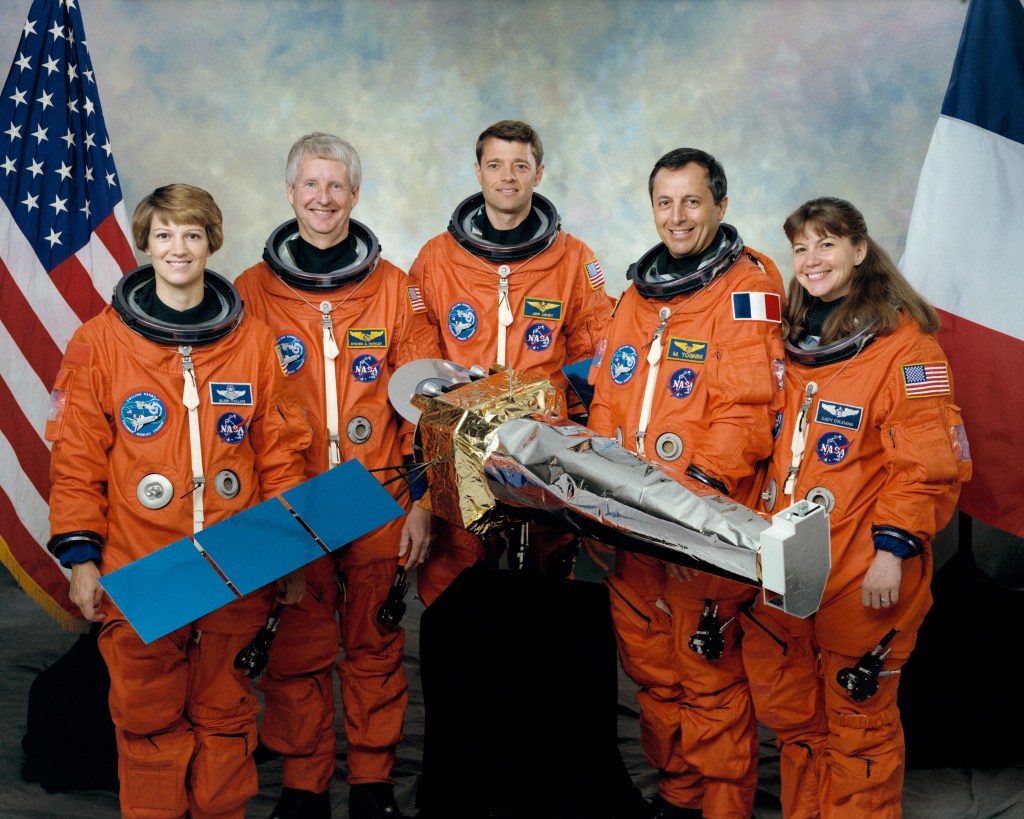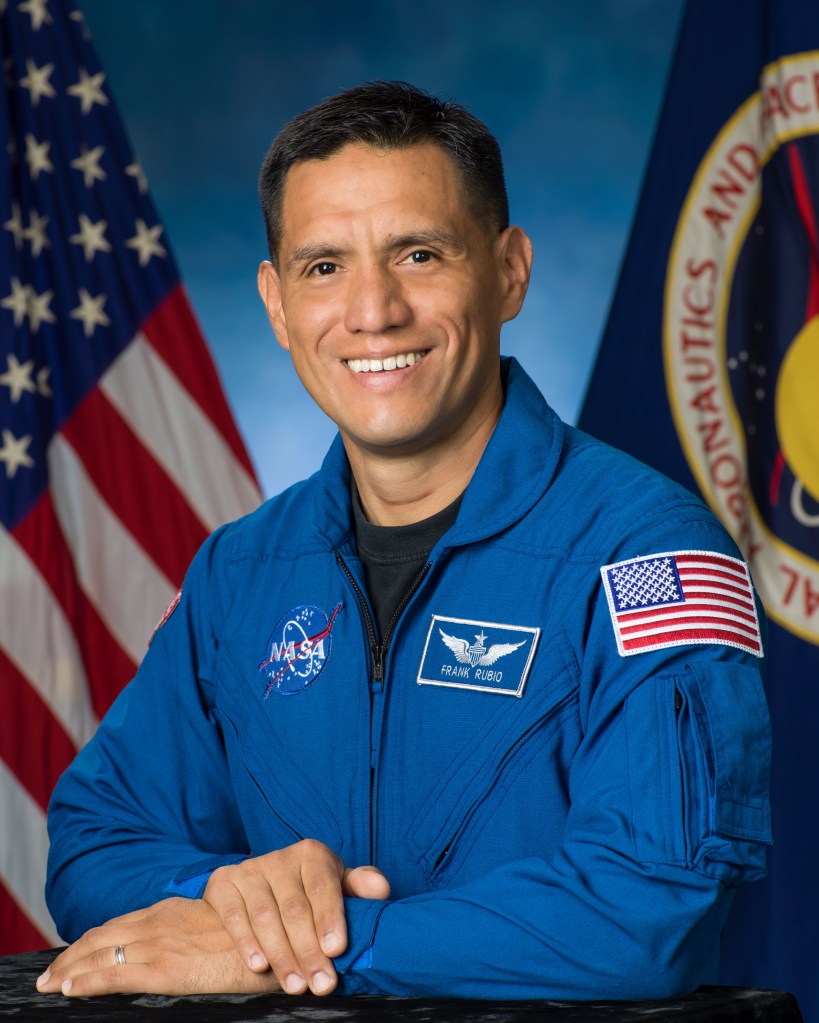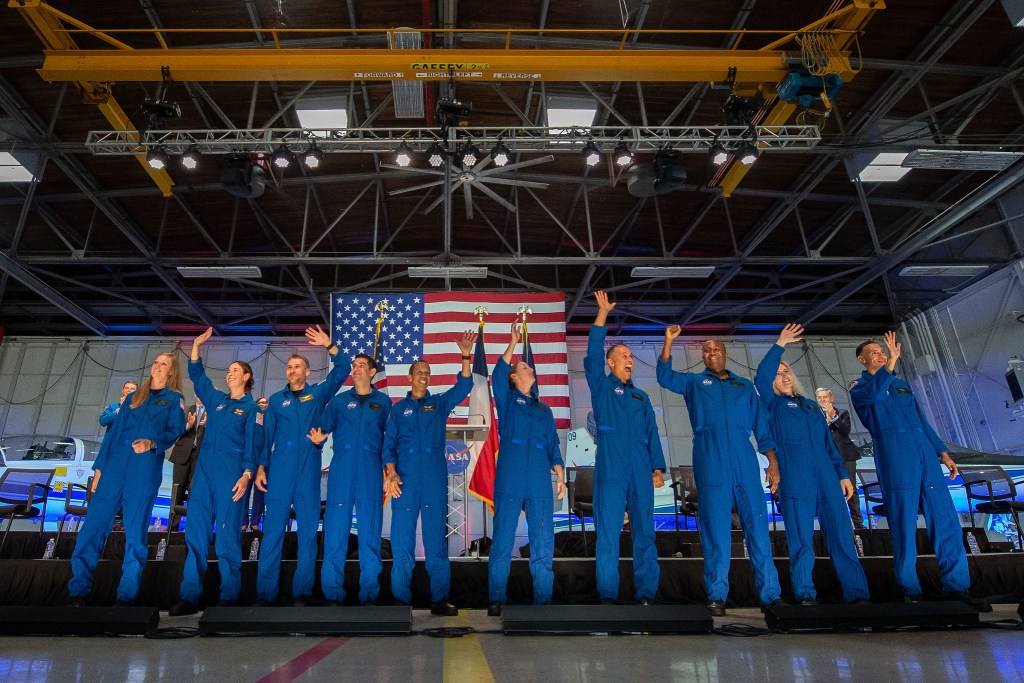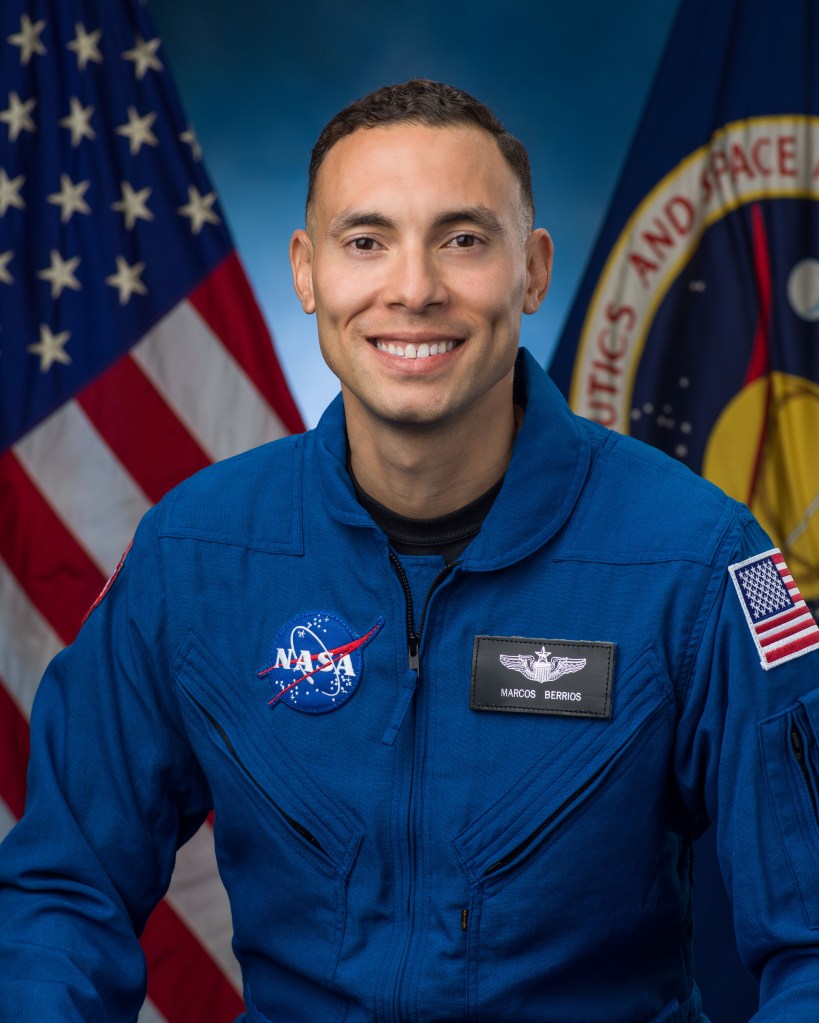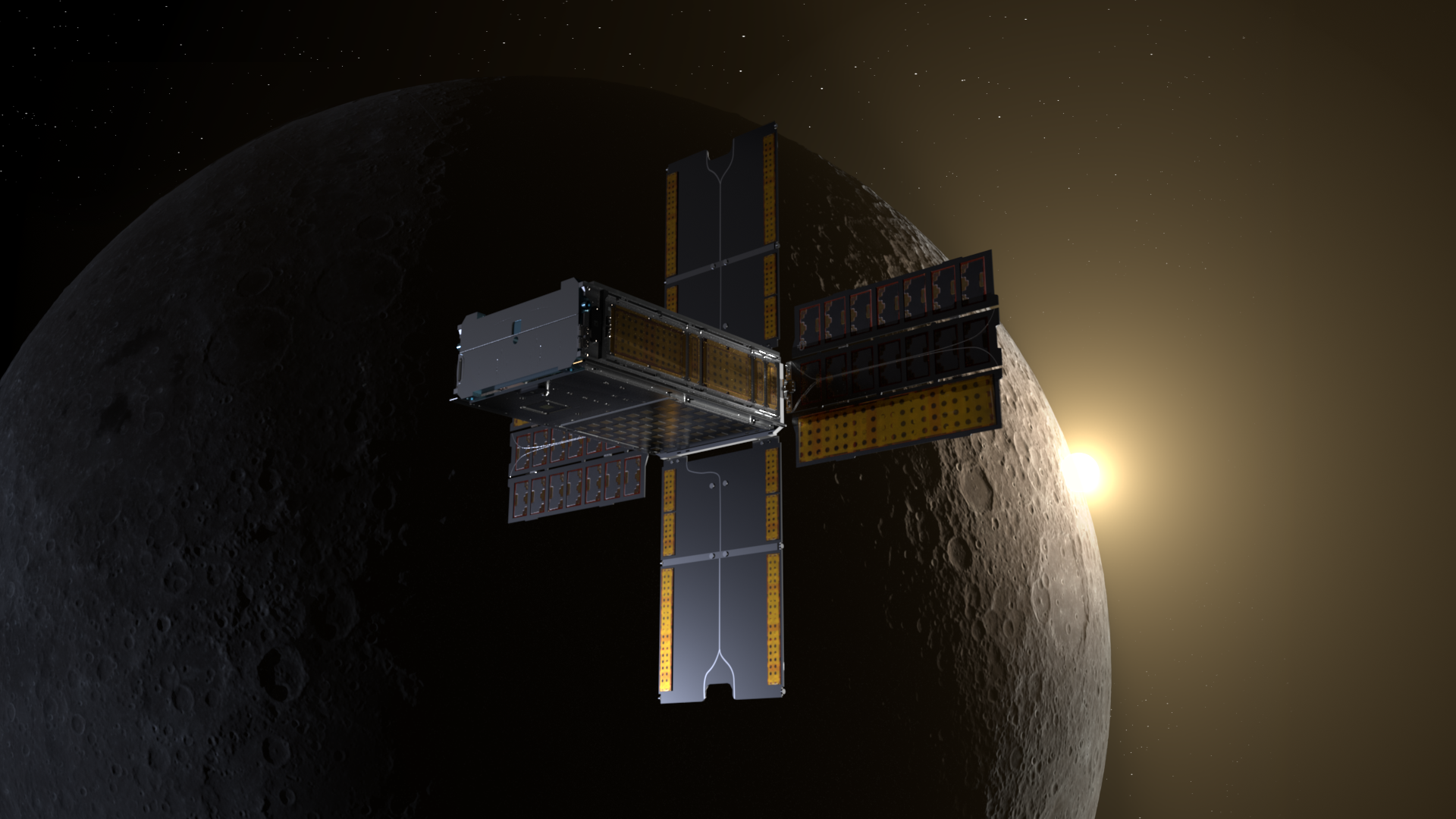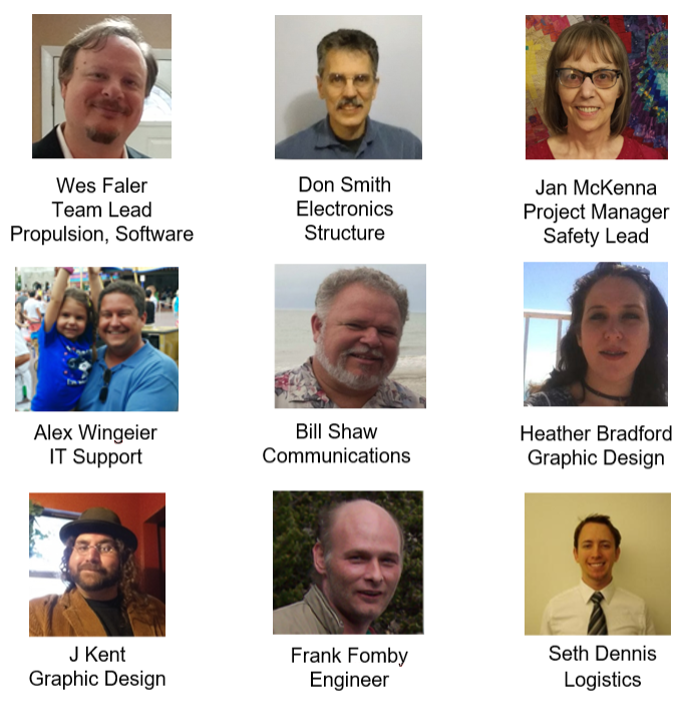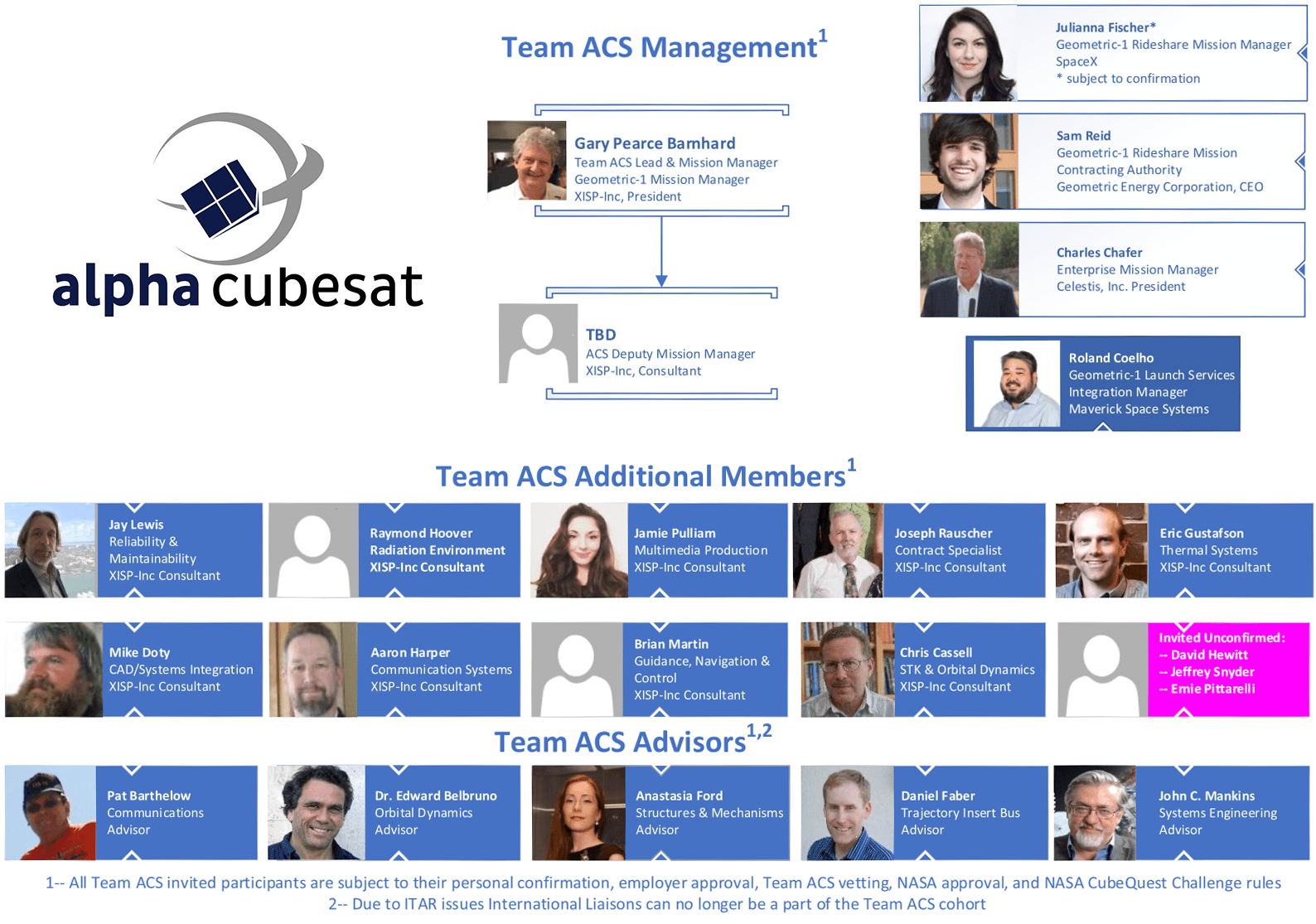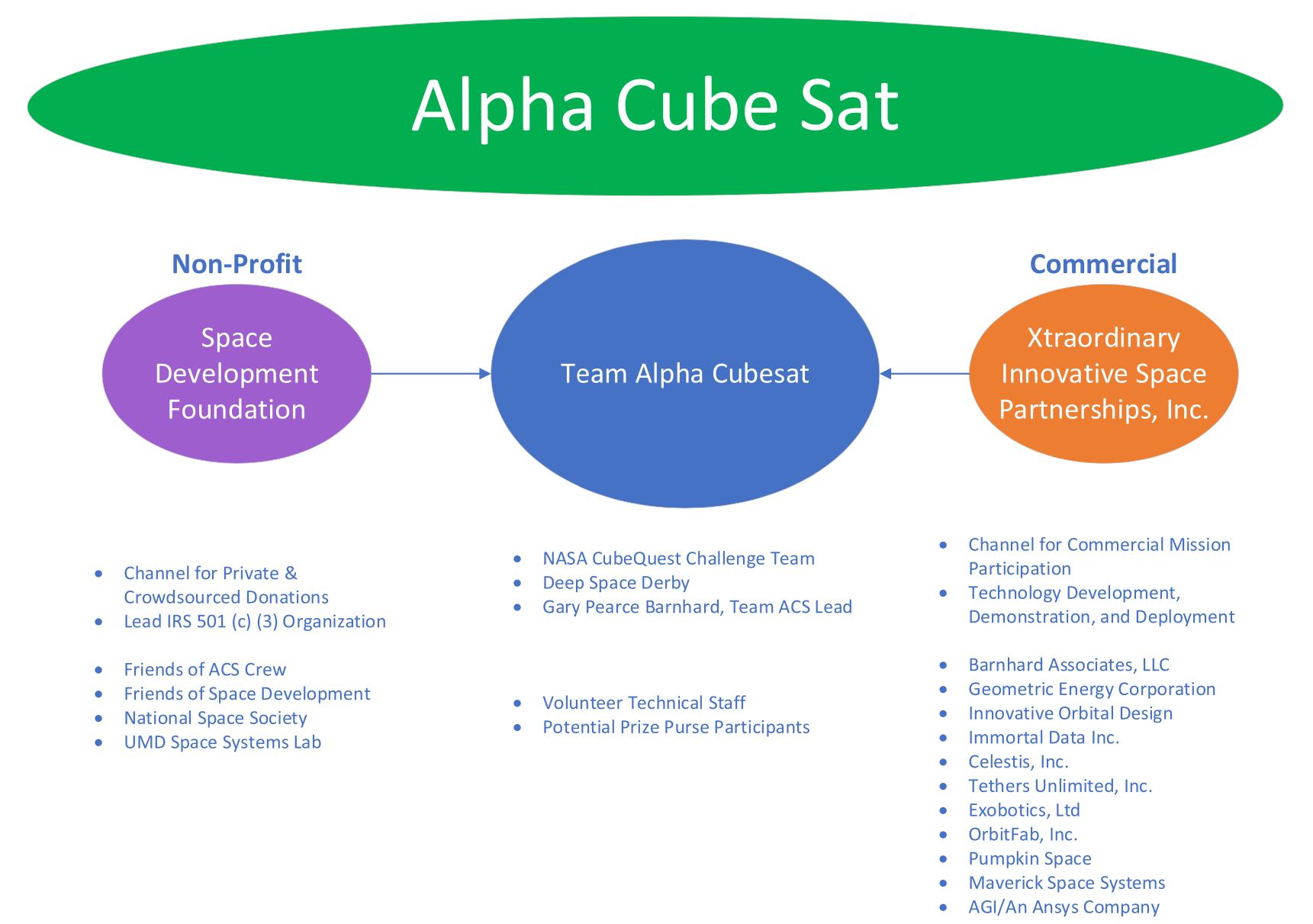In Space Competition
Meet the Teams
Team Miles won the ground tournaments to be offered a launch slot on Artemis I, which sets the beginning of the in-space challenge.u003cbru003eTeam Alpha CubeSat is a Competitor Obtaining their Own Launch (COOL) Team.
Team Miles
As a participant in the Centennial Challenge’s CubeQuest Competition, our mission goals are to demonstrate the ability to conduct autonomous orbital maneuvers, navigate to a target given limited information, along with demonstrating robust communications with ground stations from deep space from at least 3M km. Deploying from the Space Launch System’s inaugural flight, Artemis 1, the craft will autonomously travel into deep space. To communicate, the thrusters will be used to turn the craft 90 degrees in order to point the antennas towards Earth during communication windows. We expect to be orbiting between 3M km and 10M km during the mission, which ends 1 year after deployment.
Read more about Team Miles here!
Team members:
Propulsion:
Team Miles developed the propulsion system, ConstantQ™, during the CubeQuest Challenge. The technology converts electricity and water vapor into thrust. This mission uses a brine solution, which proved to be a safe, energy efficient, and inexpensive propellant. More information can be found at miles-space.com.
The ConstantQ™ family of thrusters use a pulsed electrostatic cycle to enable a variety of Earth-orbiting and deep space missions using water propellant. Test results show water’s vapor pressure and its plasma speciation are especially useful to this operating cycle.
A ConstantQ™ thruster has:
- a plasma formation region containing spark electrodes
- two exhaust ports, each ringed by acceleration electrodes
- a single power supply providing spark and acceleration power
Vapor enters the plasma formation region, expanding and changing pressure on its path towards the exhaust ports. Each exhaust port is ringed with high voltage electrodes. One port’s voltages act to focus and extract positive ions from the plasma, while the other affects electrons.
Computer:
The main computer was developed by former Team Miles members. Yosemite Space’s CubeStar provides a high-powered redundant computing module. The included health monitoring software provides supervision of the computer’s status, and an automatic activation of the back-up CPU if needed.
Communications:
The COTS USRP B200 mini 784415-01-01 S-Band transceiver from Ettus is being used for the mission. It works in conjunction with an LNA and tuned S-Band Patch Antennas each for receiving data from a ground station and to transmit data between the CubeSat and NASA based DSN/NSN facilities.
Installation at KSC:
Team Alpha CubeSat
Left: CAD model of the ISARA spacecraft showing the payload components. The red lines illustrate the reflectarray beam focusing concept. © 2018 Aerospace Corporation, NASA JPL, and/or Pumpkin Space Systems. Right: LRALL. (a) Array with eight metal-coated CCRs. (b) Array with eight TIR CCRs. (c) Illustration showing LRALL geometry and optical reference point. CCR illustration is not to scale. CG, center of gravity.
Credits: Aerospace Corporation, NASA JPL, and/or Pumpkin Space Systems
Centennial Challenge
Cube Quest Challenge Team Spotlight: CU-E3
The shoebox-size CU Earth Escape Explorer CU-E3 is being assembled by the University of Colorado, Boulder, Aerospace Engineering Science Graduate Projects Class.
CU-E3 is designed for a communications technology demonstration mission, slated to travel more than 2.5 million miles into space. As a Deep Space Derby entry, the diminutive spacecraft will reach an orbit of about 10 times the distance between Earth and the moon.
Learn More about Cube Quest Challenge Team Spotlight: CU-E3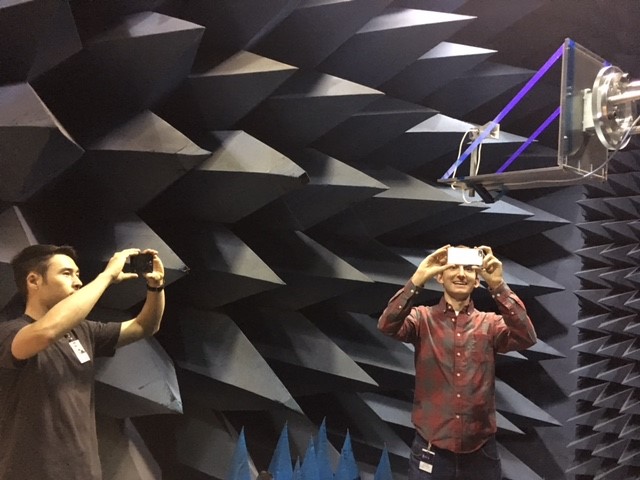
Centennial Challenge
Cube Quest Challenge Team Spotlight: SEDS Triteia
Triteia is the Cube Quest Challenge entry from the University of California, San Diego’s Students for the Exploration and Development of Space (SEDS). As part of their approach, they are making use of an additively manufactured thruster for their spacecraft.
This 3D-printed engine thruster is vital for the semi-autonomous, chemically propelled 6U CubeSat to make its journey to the moon, then maneuvering to enter lunar orbit.
Learn More about Cube Quest Challenge Team Spotlight: SEDS Triteia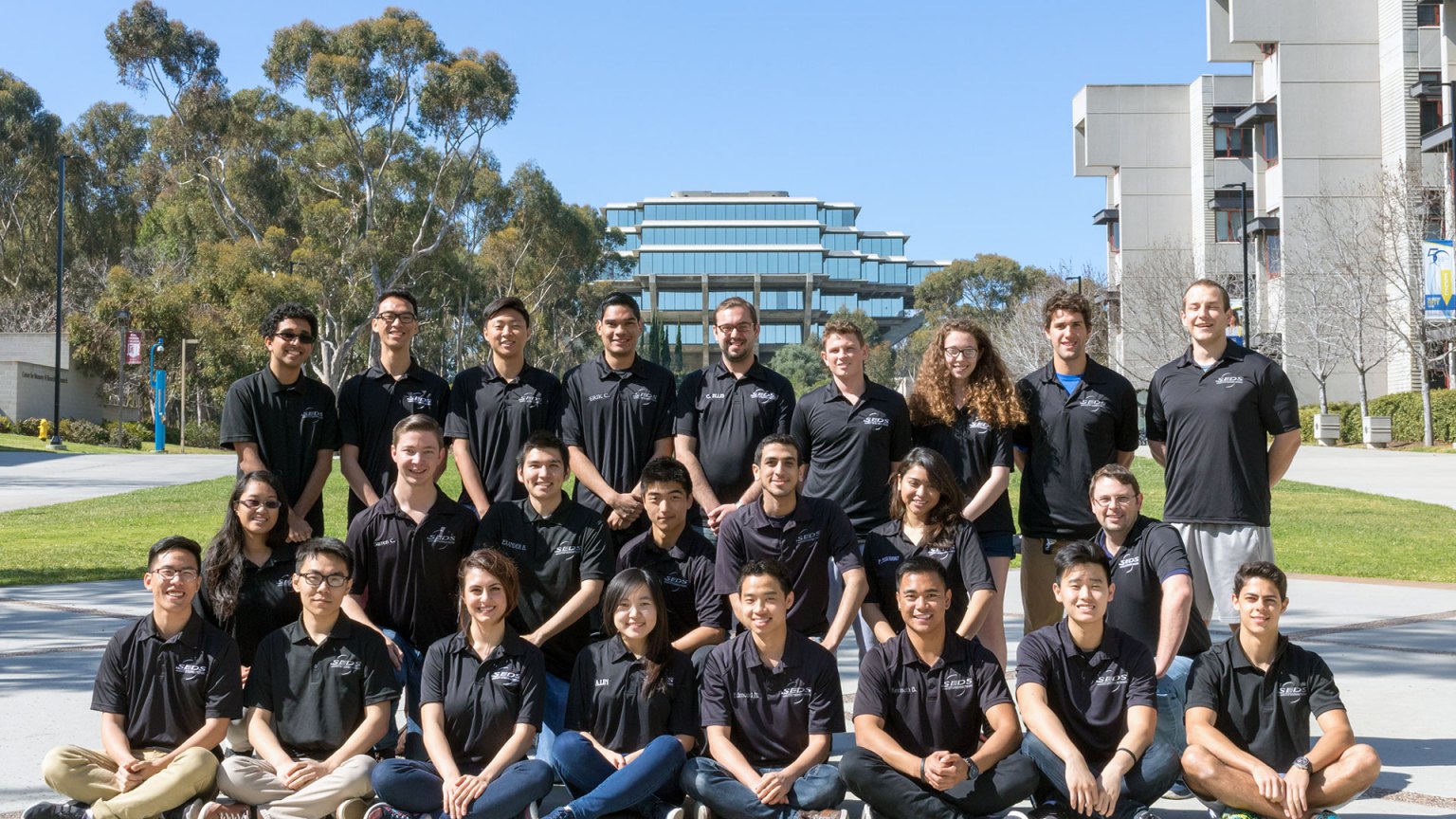
Centennial Challenge
Cube Quest Challenge Team Spotlight: Cislunar Explorers
Tenacity and drive are hallmarks of Cornell University’s Cislunar Explorers Team. But there is another key factor in building and testing their spacecraft: Just add water.
The team’s CubeSat propulsion idea focuses on a water-electrolysis propulsion system. By zapping H2O with electricity, the bond between hydrogen and oxygen can be overcome, decomposing the liquid into a gaseous mixture that readily combusts.
Learn More about Cube Quest Challenge Team Spotlight: Cislunar Explorers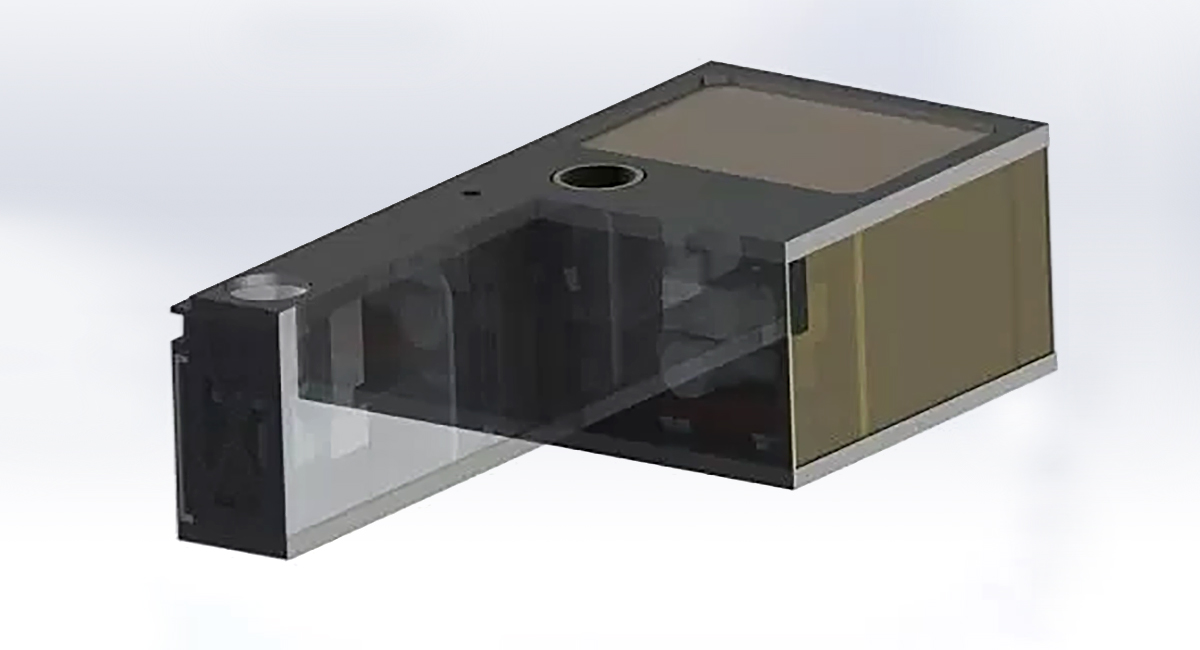
Centennial Challenge
Cube Quest Challenge Team Spotlight: Ragnarok Industries
Ragnarok Industries is busily working on its entry, a 6U smallsat named Heimdallr. The spacecraft will feature electric propulsion to reach lunar orbit, explains Luigi Balarinni, chief executive officer and co-founder of the firm.
A big plus in their design and building of Heimdallr is partnering with a diversity of space industry companies, furthering their objective of advancing CubeSat applications in the near future.
Learn More about Cube Quest Challenge Team Spotlight: Ragnarok Industries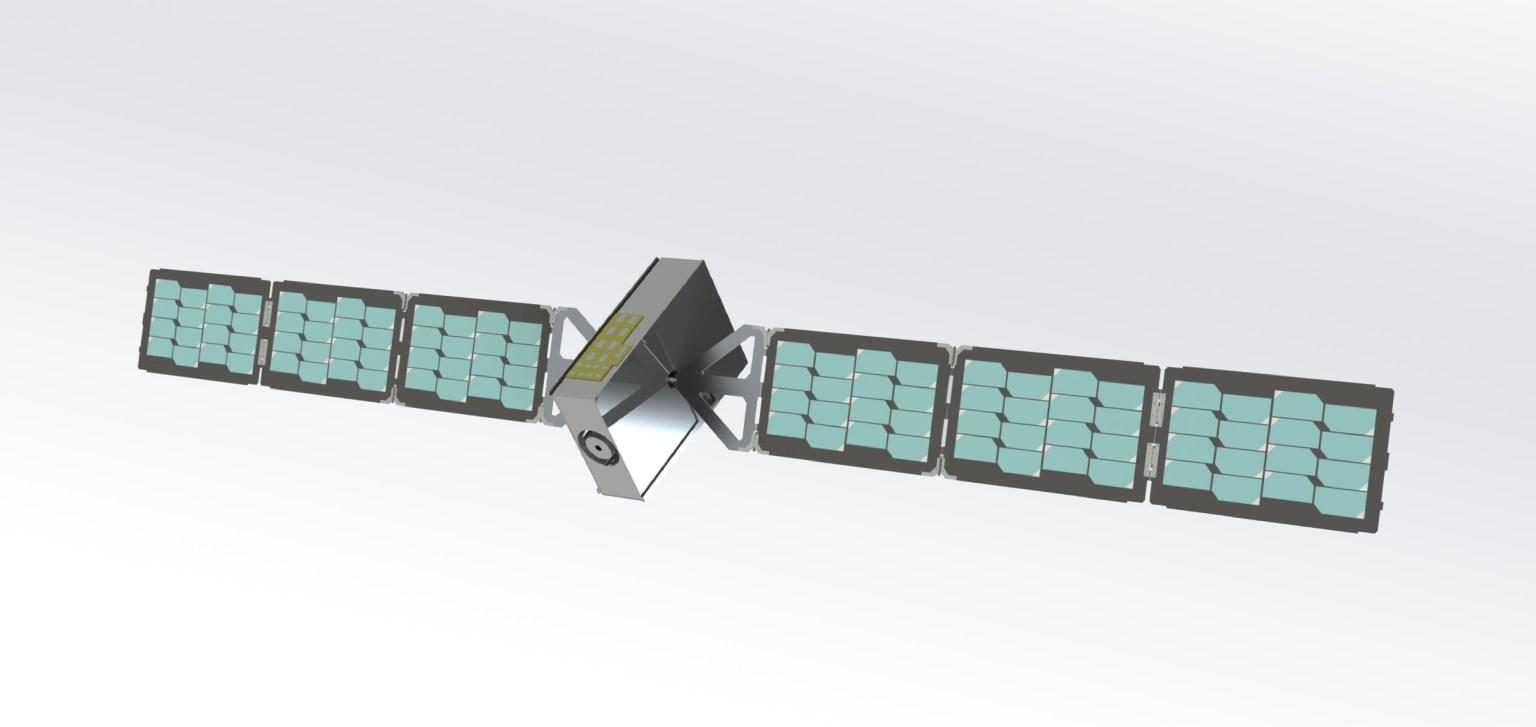
More CubeQuest Articles
NASA Invites Competitors to Shoot for the Moon and Beyond

NASA Awards $30,000 to Top 5 Teams in Third Round of Cube Quest Challenge
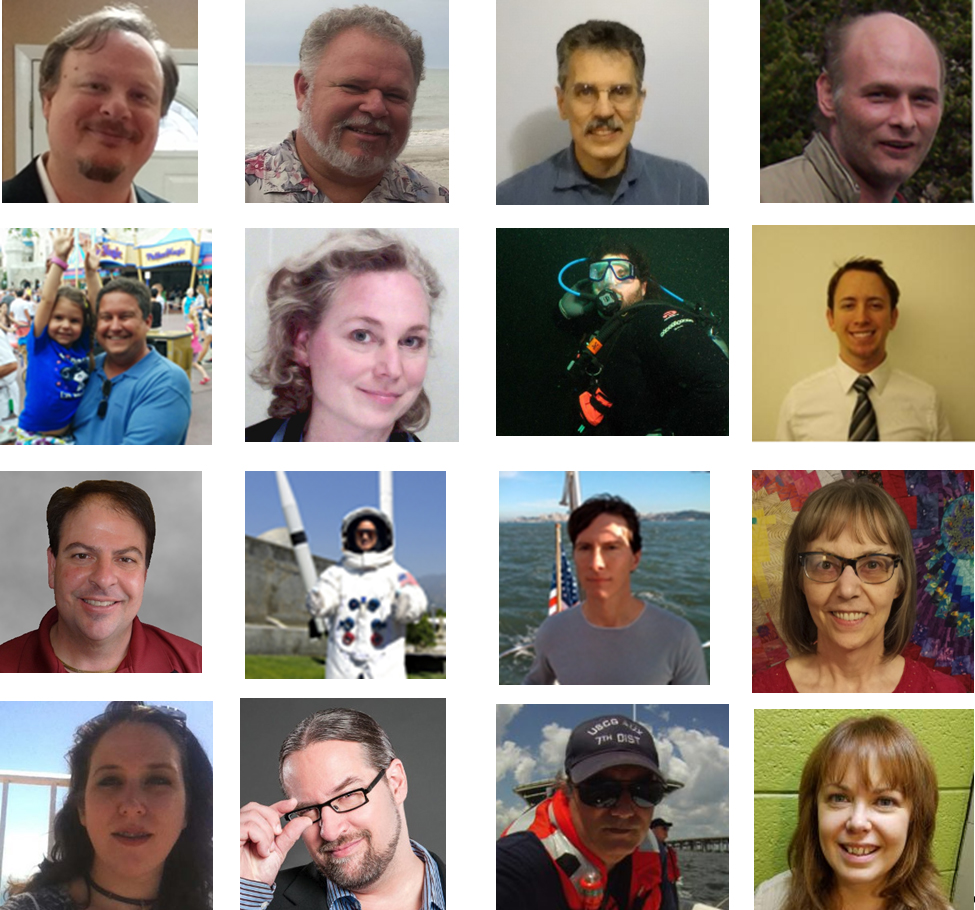
NASA Awards Second-Round Prizes in Cube Quest Challenge
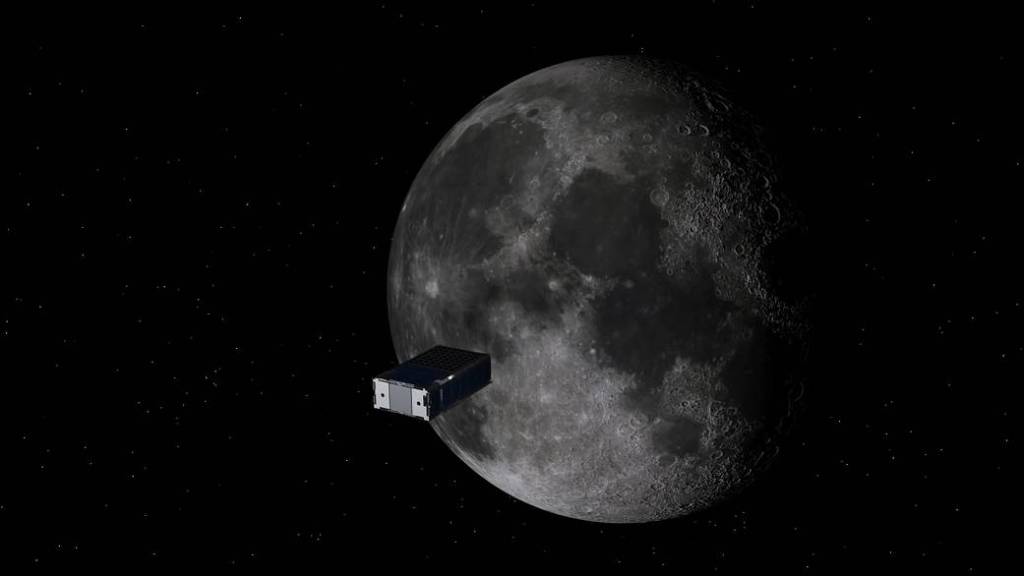
Top Entries from NASA’s Cube Quest Challenge to Ride as Secondary Payloads

c


